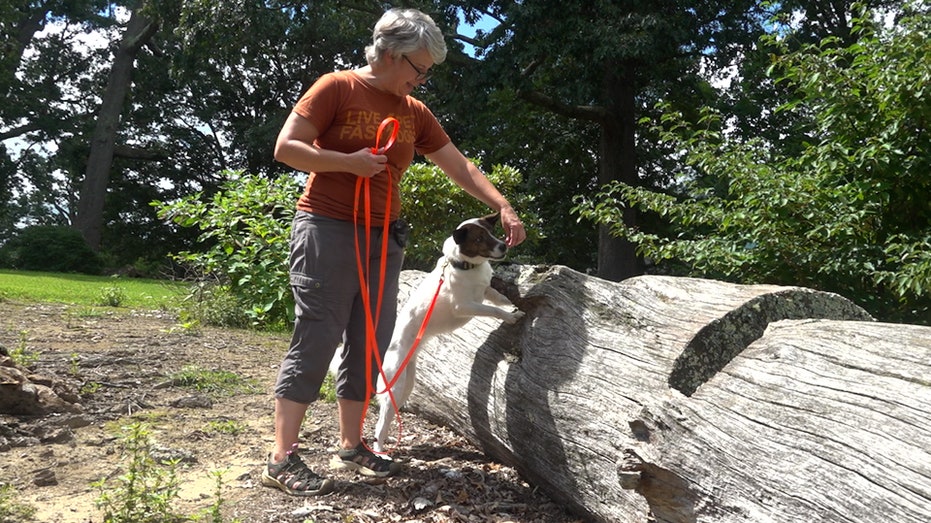Conservationists have gained a promising new ally in the battle against the invasive spotted lanternfly. Researchers at Virginia Tech have found that trained dogs can effectively detect the egg masses of this destructive pest, potentially curbing its rapid spread across the United States. This marks a significant advancement in the fight against an insect that threatens various agricultural sectors.
The spotted lanternfly, originally native to Asia, was first identified in the United States in 2014 in Pennsylvania. Since then, it has expanded its reach to 19 states, with a notable impact on agricultural areas in the Midwest and Northeast, according to the United States Department of Agriculture (USDA). The insect feeds on numerous plants, excreting a sugary substance called honeydew, which can lead to mold growth and damage crops.
To combat the spread, conservationists emphasize the importance of locating the lanternfly’s egg masses, which resemble dried mud and are often difficult to discern. Katie Thomas, a participant in the study, highlighted the dogs’ remarkable sense of smell, saying, “Dogs have one dominant sense. It’s their nose. We use our eyes; dogs use their nose like their eyes.”
The study involved Thomas and her nine-year-old pitbull mix, Finch, who performed various indoor and outdoor scent detection tests. When Finch successfully identified the target scent, he was rewarded, demonstrating the effectiveness of canine training in environmental conservation efforts. Thomas expressed her enthusiasm, stating, “To be able to apply that to something like a real problem that affects our community is really fulfilling.”
Another participant, Carolyn Shelburne, and her nine-year-old border collie, Hermes, were among the first teams to pass the field tests. In total, 182 volunteer teams across the United States participated in the study. Results from indoor tests showed that dogs identified the lanternfly scent correctly more than 80% of the time, while outdoor tests yielded a success rate exceeding 60%.
Shelburne noted the broader implications of this research, stating, “Hopefully, more people will see that you can train any dog to do this, and it gives you something fun to do with your dog.” The findings suggest that trained dogs could be utilized in various regions, even those not currently facing lanternfly issues, to detect other invasive species.
As researchers continue to explore the potential for canine assistance in environmental conservation, the study at Virginia Tech offers an innovative approach to managing the threats posed by invasive pests like the spotted lanternfly. This collaboration between humans and dogs could pave the way for more effective strategies in preserving local ecosystems.







































































